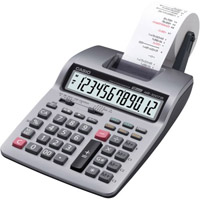Business, College of

School of Accountancy: Faculty Publications
Date of this Version
2011
Document Type
Article
Citation
Proceedings of the 44th Hawaii International Conference on System Sciences - 2011
Abstract
This paper develops a general framework under Dempster-Shafer theory for assessing fraud risk in a financial statement audit by integrating the evidence pertaining to the presence of fraud triangle factors (incentives, attitude and opportunities), and evidence concerning both account-based and evidence-based fraud schemes. This framework extends fraud risk assessment models in prior research in three respects. 1) It integrates fraud schemes, both account schemes through which accounts are manipulated, and evidence schemes through which frauds are concealed, into a single framework. 2) It incorporates prior fraud frequency information obtained from the Accounting and Auditing Enforcement Releases issued by the Securities and Exchange Commission into an evidential network which uses Conditional OR relationships among assertions. 3) The framework provides a structured approach for connecting risk assessment, audit planning, and evaluation of audit results. The paper uses a real fraud case to illustrate the application of the framework.


Comments
U.S. Government Work Not Protected by U.S. Copyright
doi: 10.1109/HICSS.2011.52